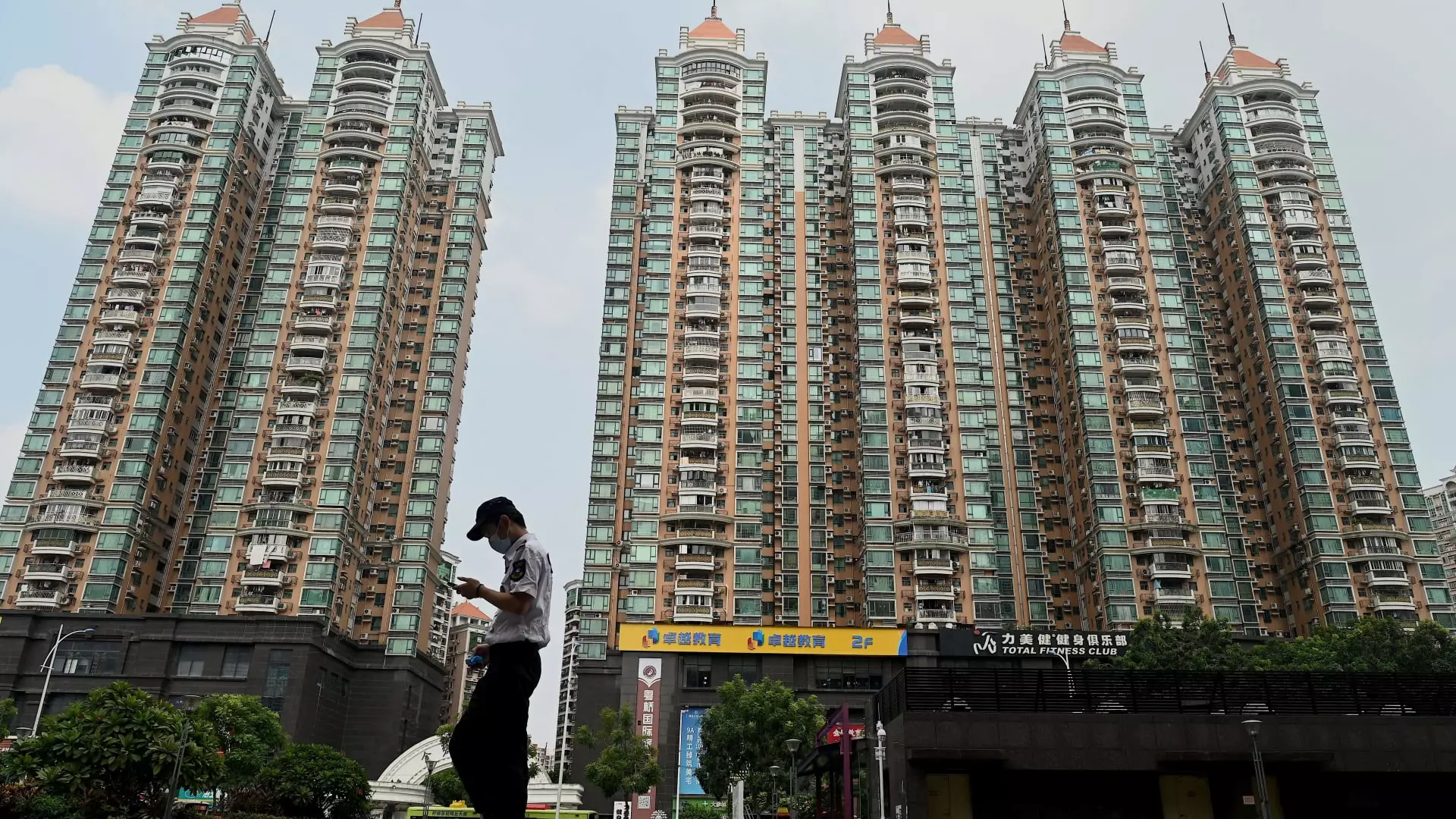In response to ongoing challenges within its real estate sector, China has implemented a series of significant policy adjustments aimed at injecting vitality into its beleaguered property market. This come in the wake of substantial governmental measures in major cities like Guangzhou and Shanghai, where authorities have lifted various restrictions on home purchases. These actions are part of a broader effort by the Chinese central bank to boost homebuyer confidence and stimulate the economy amid a protracted slump in the property industry.
The most striking of these policies is Guangzhou’s decision to eliminate all home purchase restrictions. Previously, families migrating to the city had to demonstrate compliance with tax and social insurance regulations for at least six months before being eligible to buy up to two properties. Single buyers faced even stiffer limitations, capped at one home. In a move that signals a broader trend, the Shanghai authorities have also made strides to attract potential homeowners by reducing the required tax-paying duration from three years to just one, while concurrently lowering the down-payment ratio for first-time buyers to approximately 15%.
Shenzhen, another major hub, has also revised its purchasing restrictions. Families are now allowed to buy an additional property in select areas, while migrant families with two or more children can purchase up to two homes. Such measures are indicative of a proactive approach to stimulating the market and addressing the unique housing needs of diverse demographics.
The immediate market response has been overwhelmingly positive. The Hang Seng Mainland Properties Index surged by 8.36% on the first day following these announcements, building on the substantial gains observed in the previous week. Notable Hong Kong-listed real estate developers, such as Longfor Group Holdings and Hang Lung Properties, experienced significant stock price increases, underlining the market’s enthusiasm regarding the new policies.
However, analysts urge caution. While the easing measures have triggered a wave of optimism among investors, experts like Allen Feng from Rhodium Group caution that the impact may be disproportionately pronounced in first-tier cities like Beijing and Shanghai as compared to smaller cities, which continue to grapple with high inventory levels. This could suggest that while buyers may flock to major urban centers following the new policies, overflow benefits may be limited in less populous areas.
These measures have emerged in response to a broader economic context where China’s real estate sector, once a prime driver of economic growth, has faced a multi-year downturn due to a crackdown on excessive borrowing and high debt levels. The Chinese government has recognized the urgency of revamping the property market, as real estate previously accounted for over a quarter of national GDP. To complement the easing measures, the People’s Bank of China has reduced mortgage interest rates, reinforcing the intention to lessen financial burdens on households.
Despite these sweeping reforms, observers remain skeptical about the likelihood of a turnaround. Predictions from noted economists like Gary Ng of Natixis suggest that these strategies may lead to stabilization rather than a robust revival, especially given the elevated inventory challenges, especially in smaller markets.
Looking ahead, experts emphasize the necessity for more comprehensive actions, particularly in addressing delays in construction projects, which have plagued the sector. This is vital in rekindling homebuyer confidence and stimulating demand. Data indicates that only 4% of the total floor space currently under construction is expected to be completed soon, which underscores the potential for further distress if these issues are not resolved expediently.
While recent policy adjustments present a promising step toward revitalizing China’s real estate sector, stakeholders should closely monitor the situation. The potential for recovery remains uncertain, with a pressing need for additional proactive measures to ensure a lasting stabilization of the housing market and restore consumer confidence. The interplay between government support and market reality will be critical in navigating the complexities that lie ahead in this pivotal economic sector.

